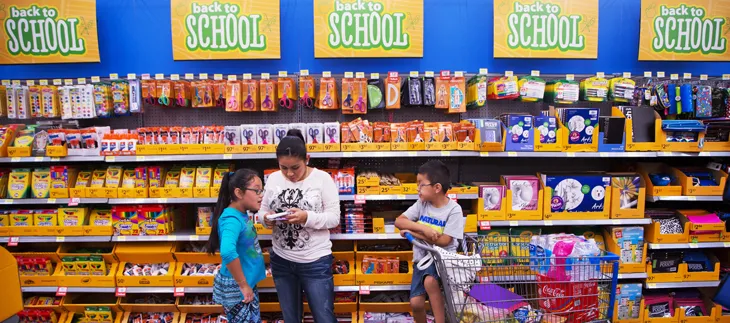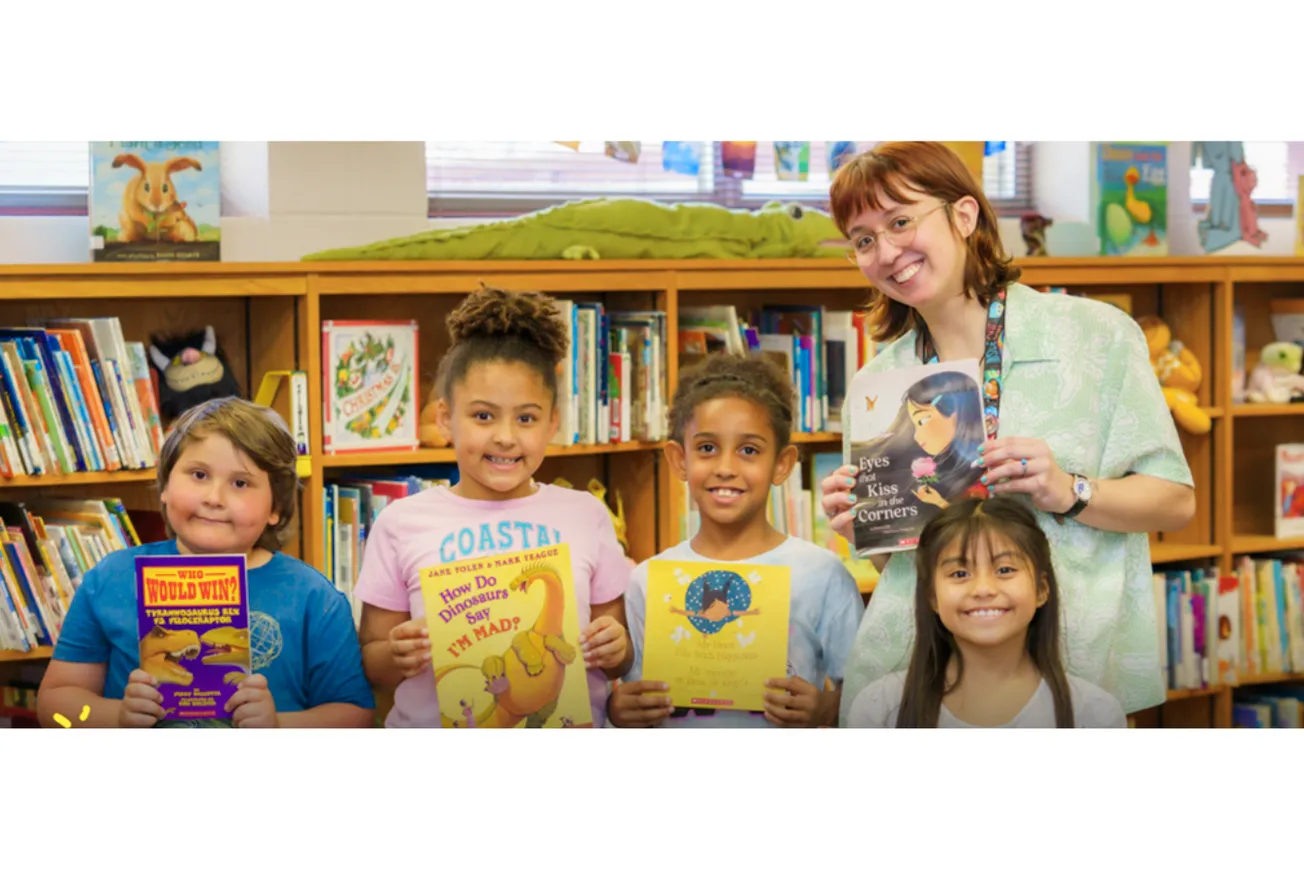NEW YORK — Back-to-school spending is forecast to rise this season, according to recent surveys from the National Retail Federation and Deloitte LLC.
Families with children in elementary through high school plan to spend an average $687.72 each, for a total of $29.5 billion, an 8% increase from last year’s $27.3 billion, according to the National Retail Federation’s annual survey, conducted by Prosper Insights and Analytics. The projected total spending figure is the second-highest in the history of the survey, behind only a peak of $30.3 billion in 2012. Total spending for school and college combined is projected to reach $83.6 billion, a more than 10% increase from last year’s $75.8 billion.
“Families are now in a state of mind where they feel a lot more confident about the economy,” NRF President and CEO Matthew Shay said. “With stronger employment levels and a continued increase in wages, consumers are spending more and we are optimistic that they will continue to do so throughout the rest of the year. As students head back to the classroom, retailers are prepared to meet their needs whether it’s for pencils and paper, shirts and pants or laptops and tablets.”
Mass merchants are expected to be the back-to-school shopping venue of choice this year, according to Deloitte’s survey, which projects that sales for the season will total $27 billion.
Deloitte’s “2017 Back-to-School Survey” of parents with children in grades K-12 found that they expect to spend an average $501 per student on back-to-school this year. Much of that will be spent as mass merchants, with 81% of survey respondents saying they plan to shop those stores. That is a 24 percentage point jump from last year. Off-price stores also gained fans, climbing to 28% from 10% in 2016. The same number (28%) said they’ll shop at traditional department stores, down significantly from the 54% who said they would do so last year. Specialty clothing stores are the planned destination of just 8% of parents, down from 25% in 2016.
The survey also revealed shift in spending priorities. Clothing and accessories are expected to account for 55% of families’ spending – up 10 percentage points from last year – with that increase coming mainly at the expense of school supplies and computers.
“With today’s technology-based education system there is less need for traditional school supplies, likely contributing to the shift toward more spending on clothing and accessories before children head back to school,” said Rod Sides, vice chairman of Deloitte LLP and the firm’s U.S. retail, wholesale and distribution practice leader. “Part of this shift may also come from the popularity of preconfigured school supply kits, which 30% of families plan to use. Shoppers can now get their supplies all at once leaving more time and budget for spending in other categories such as clothing and accessories.”






